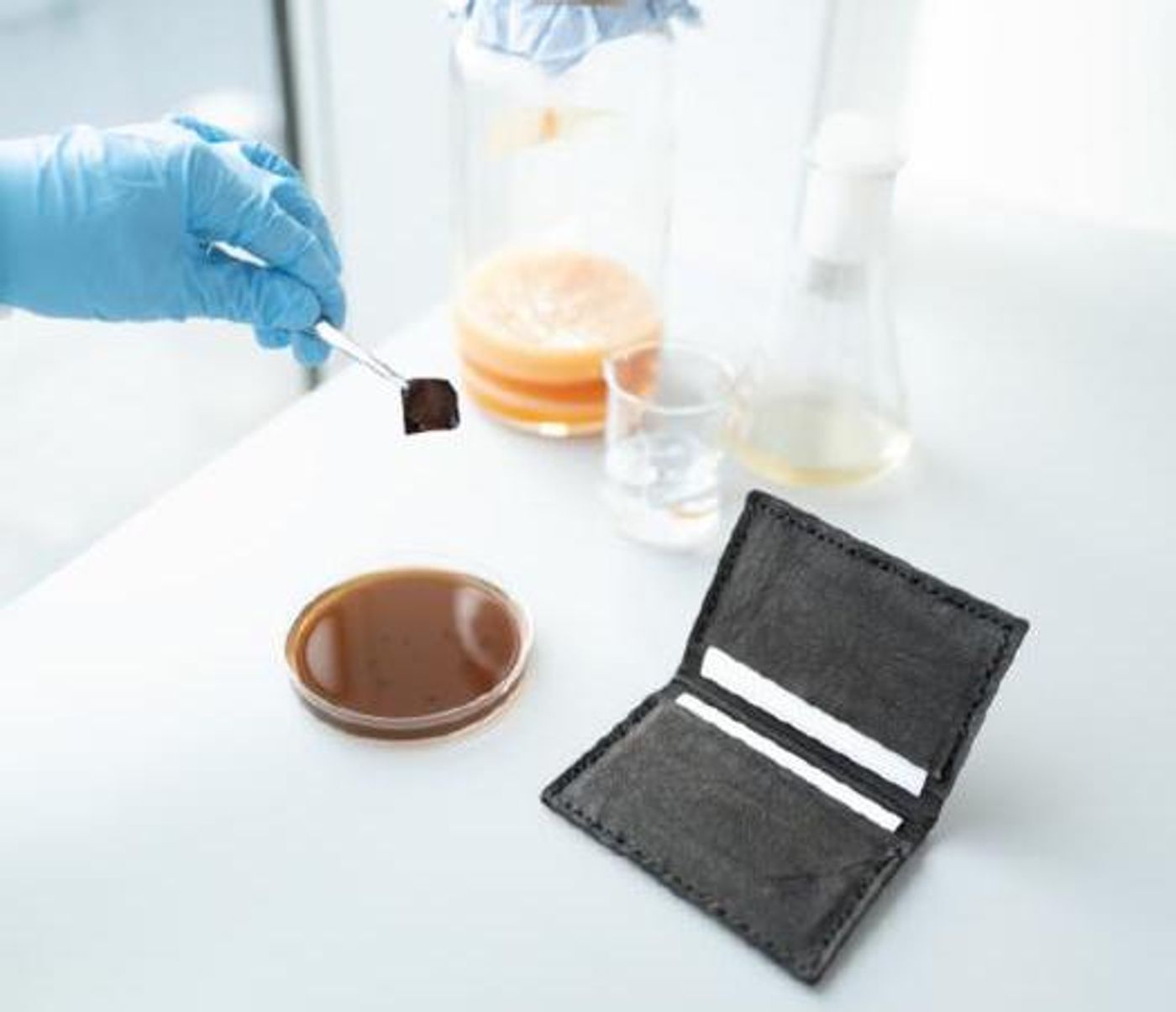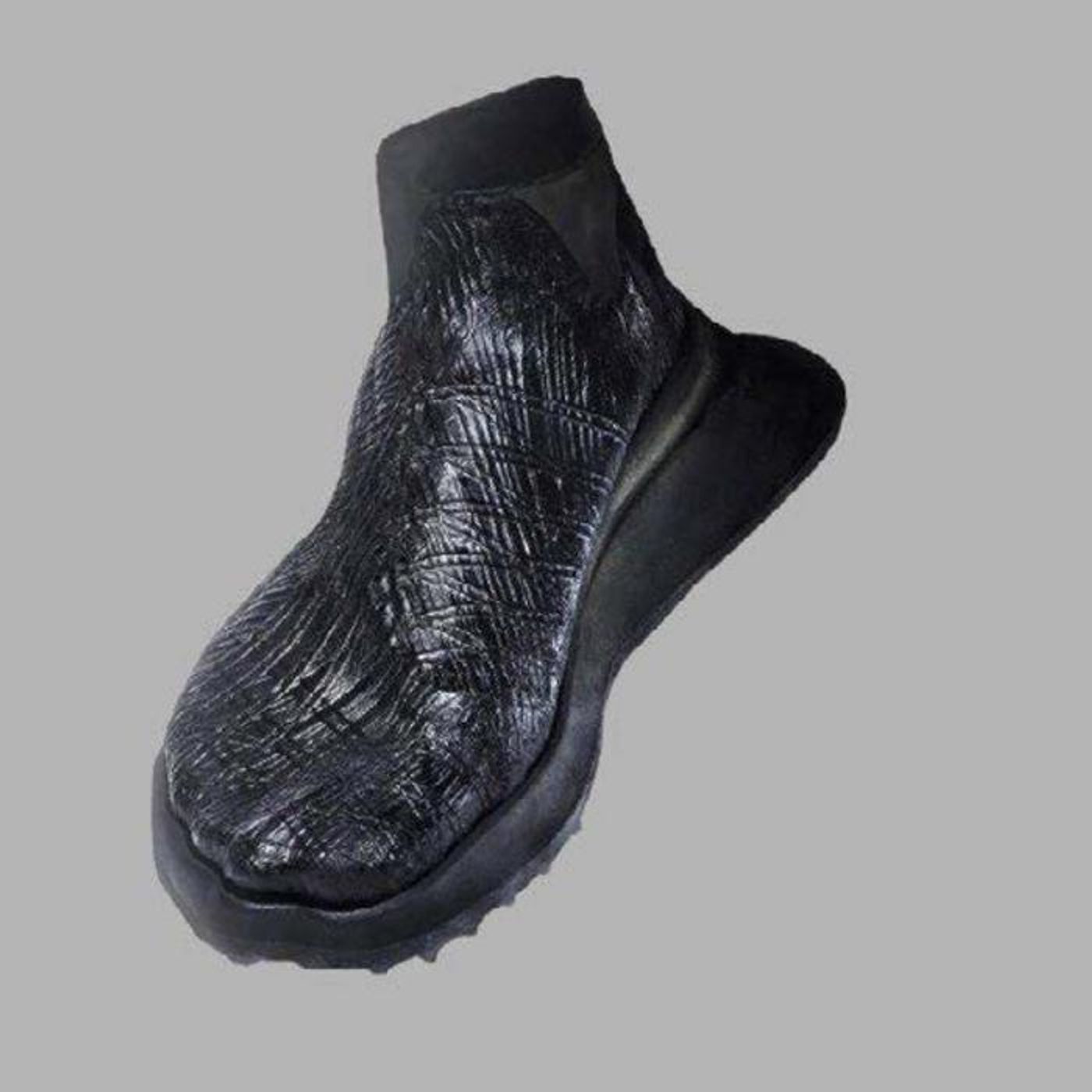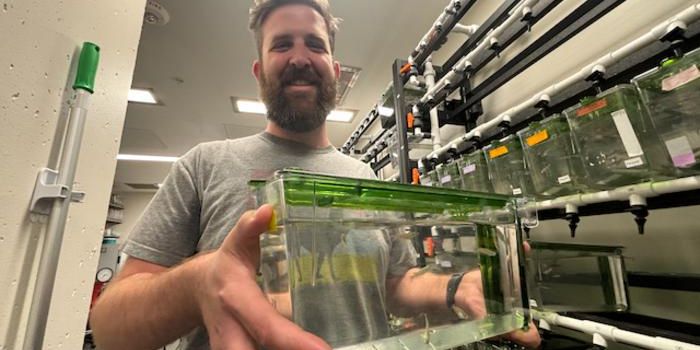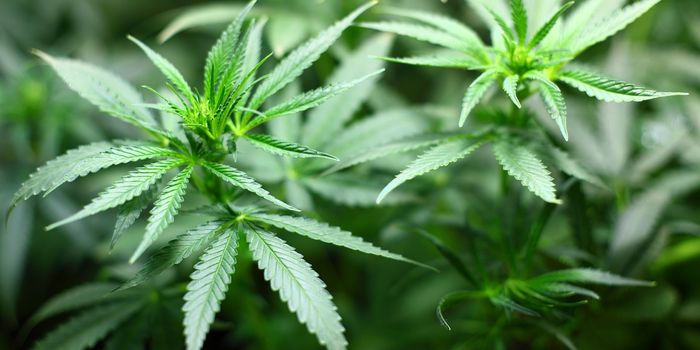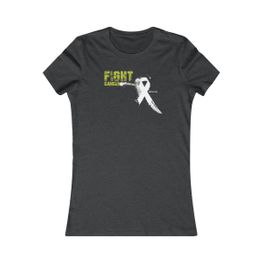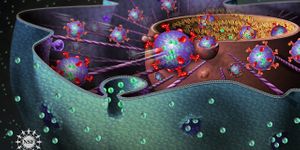Building Better Leather with Bioengineered Bacteria
Fashion, and particularly fast fashion, is massively destructive to the planet. Only a few decades ago, people and families shared and mended clothing, wearing it practically until it fell apart. But those days are long gone, and clothing is now often purchased and only used for a few months before it is discarded. It's estimated that 50 billion garments are tossed within a year of being produced. The textiles industry generated a little over seven kilograms of fiber for every person on Earth in 1995. But by 2018, the per person production rate had skyrocketed to 13.8 kilograms per person, while the population has grown by over 2 billion people. The textile industry also consumes a lot of water, and generates a lot of pollution including miroplastics. Chemical dyes are very toxic for the environment too, and black dyes are especially harmful.
But researchers have been looking for more sustainable ways to create clothing. A new research study has demonstrated that bacteria could be used to make a kind of self-dying, synthetic leather with genetic engineering. The work has been reported in Nature Biotechnology. The technique could reduce the harmful chemicals and production processes used to make leather from cows. It might also be adapted to generate other fibers that are similar to cotton or cashmere, noted the researchers.
“Inventing a new, faster way to produce sustainable, self-dyed leather alternatives is a major achievement for synthetic biology and sustainable fashion," said lead study author Professor Tom Ellis of Imperial College London.
“Bacterial cellulose is inherently vegan, and its growth requires a tiny fraction of the carbon emissions, water, land use and time of farming cows for leather. Unlike plastic-based leather alternatives, bacterial cellulose can also be made without petrochemicals, and will biodegrade safely and non-toxically in the environment.”
In this work, the investigators modified bacterial genes so that the microbial cells would produce sheets of a molecule called cellulose, which is a durable, flexible material that is already used in many consumer products including food, cosmetics, and fabric. The microbes were also engineered to create a black pigment called eumelanin.
In collaboration with materials designer Jen Keane, the team used a special vessel and their modified bacteria to make the upper part of a shoe. After about two weeks, the 'shoe' was treated to trigger the release of eumelanin, and the material was dyed from within. The team made a black wallet with a similar method.
The scientists also showed that other colors can be made and applied to the synthetic fabric, as well as patterns and logos.
“We look forward to working with the fashion industry to make the clothes we wear greener throughout the whole production line," said Ellis.
Sources: Imperial College London, Nature Biotechnology
